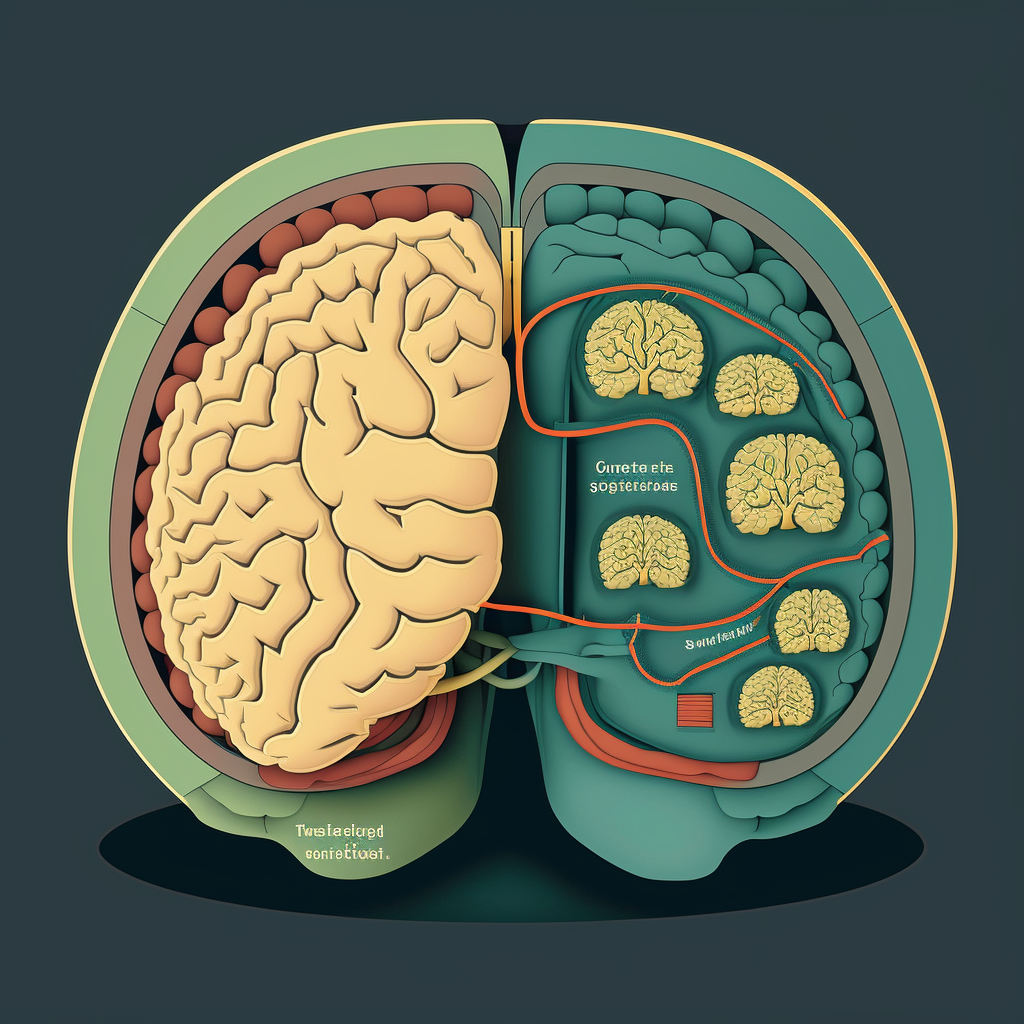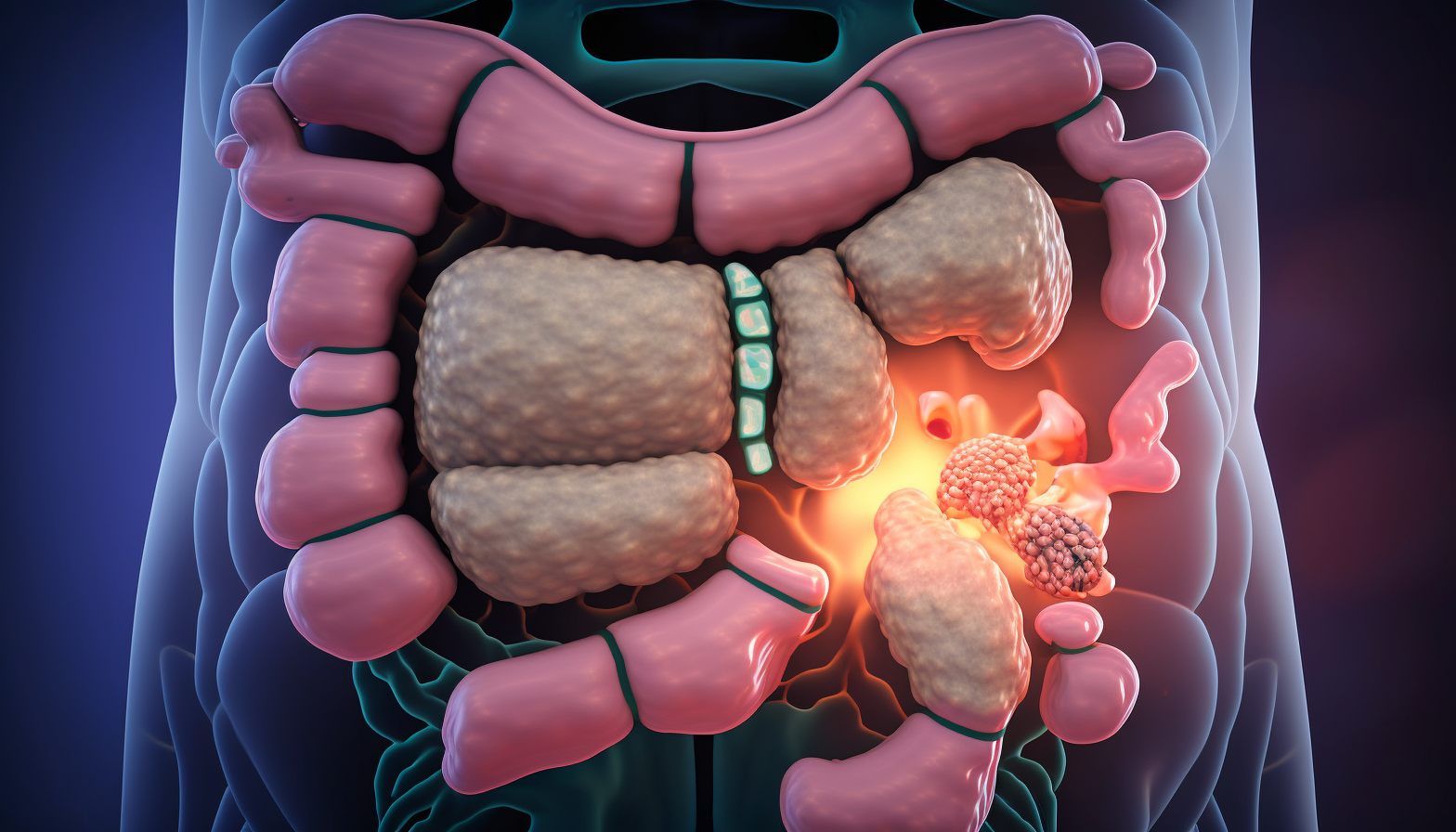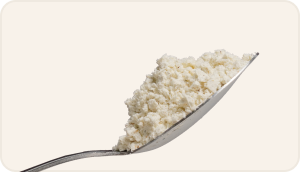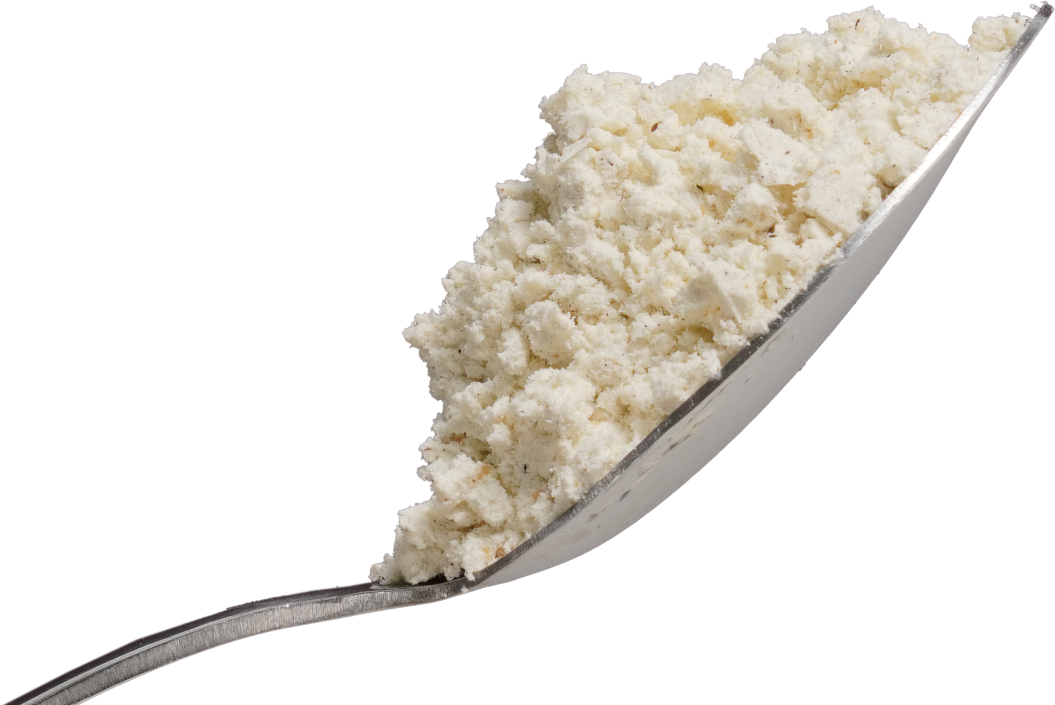GRAB A PACK
Not Sure?
Try Our Sample Pack
The Low FODMAP Diet: Understanding the Benefits & How to Follow It
Introduction
The Low FODMAP Diet is a popular eating plan that's gaining recognition for its positive impact on digestive health. FODMAP stands for Fermentable Oligosaccharides, Disaccharides, Monosaccharides, and Polyols, and it refers to a group of short-chain carbohydrates that can cause digestive discomfort in some people. The Low FODMAP Diet involves limiting the consumption of these carbohydrates, which have been shown to contribute to symptoms such as bloating, gas, and abdominal pain.
The Low FODMAP Diet can be a game-changer for those struggling with digestive issues. The diet has been shown to relieve digestive symptoms, improve gut health, and better manage digestive disorders like Irritable Bowel Syndrome (IBS). Moreover, the Low FODMAP Diet can positively impact overall health and well-being by promoting digestive wellness.
This article will take a comprehensive look at the Low FODMAP Diet, including its definition, the science behind it, its benefits, how to follow it, and the challenges and limitations to keep in mind. We aim to provide a comprehensive overview of the Low FODMAP Diet and help readers understand its potential to improve digestive health.
What is the Low FODMAP Diet?
The Low FODMAP Diet is an eating plan that focuses on limiting the intake of FODMAPs. FODMAPs are short-chain carbohydrates poorly absorbed in the small intestine, leading to increased osmotic pressure and water content in the gut. This can cause digestive discomfort, bloating, gas, and abdominal pain. FODMAPs are found in many common foods, including wheat, garlic, onions, apples, and milk products.
The science behind the Low FODMAP Diet is based on the idea that reducing FODMAP intake can improve digestive health. By limiting the intake of FODMAPs, the diet aims to reduce digestive discomfort and improve gut health. The Low FODMAP Diet is typically divided into two phases. The first phase involves limiting FODMAP intake for several weeks to reduce digestive symptoms. The second phase involves gradually reintroducing FODMAPs to determine which foods can be tolerated and in what quantities.
The different categories of FODMAPs include:
Oligosaccharides (fructans and galactooligosaccharides (GOS)) Disaccharides (lactose) Monosaccharides (fructose) Polyols (sugar alcohols such as sorbitol, mannitol, and xylitol) By understanding the different categories of FODMAPs and the foods they are found in, individuals following the Low FODMAP Diet can make informed decisions about what to eat and what to avoid.
It's important to note that the Low FODMAP Diet is not a permanent way of eating but rather a tool to help manage digestive symptoms. By working with a qualified healthcare professional, individuals can determine the appropriate length of time to follow the diet and how to reintroduce FODMAPs into their diet gradually.

Benefits of the Low FODMAP Diet
The Low FODMAP Diet has been shown to provide several benefits for individuals struggling with digestive discomfort and gut health. Some of the most significant benefits of the diet include the following:
- Improved digestive symptoms: By reducing the intake of FODMAPs, the Low FODMAP Diet can help improve symptoms such as bloating, gas, and abdominal pain.
- Better management of IBS: Irritable Bowel Syndrome (IBS) is a common digestive disorder that can cause discomfort and impact quality of life. The Low FODMAP Diet has been shown to relieve IBS symptoms and improve overall gut health.
- Increased nutrient intake: By reducing the intake of certain foods, individuals following the Low FODMAP Diet may be more likely to consume a wider variety of nutrient-rich foods. This can improve overall nutrient intake and support overall health and well-being.
- Improved gut health: The Low FODMAP Diet has been shown to support gut health by promoting the growth of beneficial gut bacteria and reducing digestive discomfort.
- Reduced food intolerance: By following the Low FODMAP Diet and gradually reintroducing FODMAPs, individuals can determine which foods they are intolerant to and make informed decisions about what to eat.
The Low FODMAP Diet offers a unique approach to improving digestive health and reducing discomfort. By limiting the intake of FODMAPs and working with a healthcare professional, individuals can experience the many benefits of the Low FODMAP Diet and improve their quality of life.
How to Follow the Low FODMAP Diet
The Low FODMAP Diet can effectively manage digestive symptoms for individuals with IBS or other digestive disorders. However, following the diet correctly is essential to see the best results.
A. Initial Phase of the Diet
The initial phase of the Low FODMAP Diet involves removing all high FODMAP foods from your diet for some time, usually two to six weeks. During this time, individuals should focus on eating low-FODMAP foods and monitoring their symptoms.
B. Reintroduction of FODMAPs
After the initial phase of the diet, FODMAPs can be gradually reintroduced into the diet to determine which foods trigger symptoms. This is done by slowly adding small amounts of high-FODMAP foods to the diet and monitoring symptoms. If a high FODMAP food triggers symptoms, it should be removed from the diet, and individuals should continue to focus on eating low FODMAP foods.
C. Importance of Working with a Qualified Healthcare Professional
Working with a qualified healthcare professional, such as a registered dietitian or gastroenterologist, can help ensure that individuals follow the Low FODMAP Diet correctly and effectively. A healthcare professional can also provide individualized guidance and support throughout the diet and help individuals determine which foods trigger their symptoms.
D. Examples of Low FODMAP Foods and Meal Planning
Low FODMAP foods include:
- Proteins: Chicken, beef, turkey, fish, eggs, tofu
- Vegetables: Carrots, bell peppers, eggplant, kale, spinach, lettuce
- Fruits: Bananas, blueberries, grapes, oranges, strawberries
- Grains: Rice, quinoa, gluten-free bread, corn-based products
Meal planning on the Low FODMAP Diet can include:
- Breakfast: Scrambled eggs with spinach and bell peppers, gluten-free toast, and a banana
- Lunch: Grilled chicken with quinoa and roasted carrots
- Dinner: Baked salmon with rice and steamed kale
By incorporating low-FODMAP foods and monitoring symptoms, individuals can effectively follow the Low-FODMAP Diet and find relief from digestive symptoms.
Note: The Low FODMAP Diet should not be followed for an extended period without the guidance of a healthcare professional. It's essential to have a balanced diet that includes a variety of foods to meet all nutrient needs.
Challenges and Limitations of the Low FODMAP Diet
While the Low FODMAP Diet can effectively manage digestive symptoms, it is not without its challenges and limitations.
A. Difficulty in Following the Diet
One of the biggest challenges of the Low FODMAP Diet is that it can take time to follow. The diet requires individuals to carefully monitor their food intake and avoid high-FODMAP foods, which can be time-consuming and challenging. It can also be difficult to determine which foods contain high levels of FODMAPs, making it hard to stick to the diet.
B. Lack of Variety in the Diet
Another challenge of the Low FODMAP Diet is that it can limit the variety of foods individuals can eat. This can lead to boredom with food and make it more challenging to stick to the diet in the long term.
C. Potential Nutrient Deficiencies
The Low FODMAP Diet can also result in potential nutrient deficiencies, as some high FODMAP foods are also rich in essential nutrients. Individuals need to work with a healthcare professional to ensure they get all the nutrients they need while following the diet.
D. The Cost of Following the Diet
Finally, the cost of following the Low FODMAP Diet can be a challenge for some individuals. Many low-FODMAP foods, such as gluten-free products and specialty ingredients, can be more expensive than traditional foods. Additionally, the cost of seeing a healthcare professional for guidance and support can add up.
Despite these challenges and limitations, the Low FODMAP Diet can be an effective way for individuals with IBS or other digestive disorders to manage their symptoms and improve their quality of life. With the proper support and guidance, individuals can successfully follow the Low FODMAP Diet and find relief from digestive symptoms.
Conclusion
The Low FODMAP Diet is a valuable tool for individuals with IBS and other digestive disorders to manage their symptoms and improve their quality of life. By reducing the amount of FODMAPs in the diet, individuals can reduce symptoms such as bloating, abdominal pain, and diarrhea.
While the Low FODMAP Diet has many benefits, it has its challenges and limitations. The diet can be difficult to follow and may limit the variety of foods individuals eat. Additionally, it may result in potential nutrient deficiencies and be more expensive than traditional diets. However, with the proper support and guidance, individuals can successfully follow the Low FODMAP Diet and find relief from digestive symptoms.
In conclusion, the Low FODMAP Diet can be a valuable tool for individuals with IBS and other digestive disorders to manage their symptoms. Individuals need to work with a qualified healthcare professional to ensure they follow the diet correctly and get all the nutrients they need. While the Low FODMAP Diet may have some limitations, its benefits for improving digestive health make it a worthwhile consideration for those seeking relief from digestive symptoms.
FAQs
-
What are the benefits of a low FODMAP diet?A low FODMAP diet has been shown to relieve symptoms of irritable bowel syndrome (IBS) in many people. This diet can also help with other digestive issues, such as bloating, gas, and abdominal pain.
-
How do I start eating low Fodmap?To start eating low FODMAP, begin by educating yourself on which foods are high in FODMAPs and which are low. Then, make changes to your diet gradually, removing high FODMAP foods and replacing them with low FODMAP options. It may also be helpful to work with a dietitian or doctor to develop a plan that's right for you.
-
How long should you follow a low FODMAP diet?The length of time that you should follow a low FODMAP diet will vary depending on your individual symptoms and needs. In general, it's recommended to follow the diet for at least 2-6 weeks to see if it improves your symptoms. If your symptoms improve, you can then start to slowly introduce higher FODMAP foods back into your diet and monitor your symptoms.
Similar blogs


















